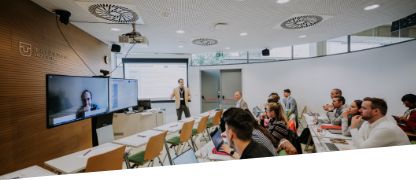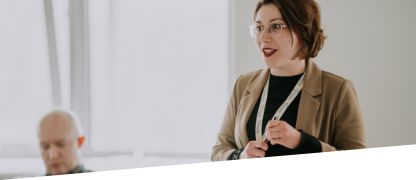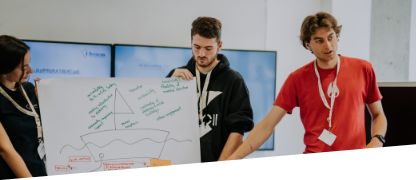New ideas for the age-old problem of ageing
Although aging is a universal process, its biological mechanisms are still poorly understood. In the coming decades, our societies will face two seismic shifts: one demographic, with an increasing proportion of the human population reaching old age; the other environmental, with its effects on the biosphere. Both point to the importance of the mechanisms of aging in terms of social, political, and economic sustainability.
While human life expectancy is increasing worldwide, thanks to medical and socio-economic advances, the additional years of life gained are in fact often spent in poor to very poor health. Aging poses specific yet unresolved medical problems, as it is the primary risk factor for developing a broad spectrum of chronic diseases and cancers, all with massive social consequences.
Meanwhile, anthropic activities are profoundly modifying our ecosystems, significantly impacting the aging rate and conditions of living organisms, e.g., from corals to humans. Accelerated wildlife aging is a threat to biodiversity and to the sustainability of many natural resources. These changes in aging trajectories constitute a major challenge for the future of the planet and of humanity, calling for an innovative scientific approach to finding lasting solutions.
The current advances in the emerging field of aging biology are impressive. They will certainly be the cause of medical revolutions in the coming decade that will bring about increases in healthy life expectancy and its attendant impacts on public health, on social life, on the economy, and on the ethical frameworks of our society.
They will increase our understanding of the aging trajectories in wild living organisms, creating opportunities for new strategies of ecosystem preservation. However, research efforts in aging biology remain highly compartmentalized, dispersed and are mostly still emerging in France in comparison with other developed countries.
In particular, although several aging biological hallmarks have been identified, very little is known about the time-dependent mechanisms that orchestrate their appearance, intensity, organ-specificity, and consequences. How do they start? How do they progress? What is their frequency across populations and population groups? Do programmed aging clocks exist to orchestrate their temporal appearance? Can we reverse them ? These questions will be addressed-through the recent advances of IRCAN teams of the University Côte d’Azur.
Speaker:
Eric Gilson is a university professor and hospital practitioner (PU-PHCE) in Nice Côte d’Azur University (UCA) and in the Department of Medical Genetics, Nice University Hospital. He is also the director of the Institute for Research on Cancer and Aging (IRCAN).






